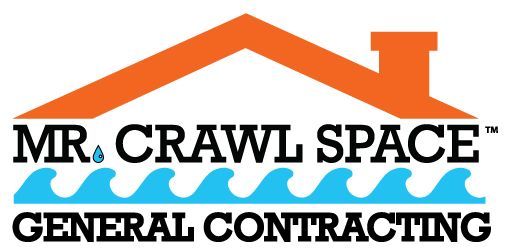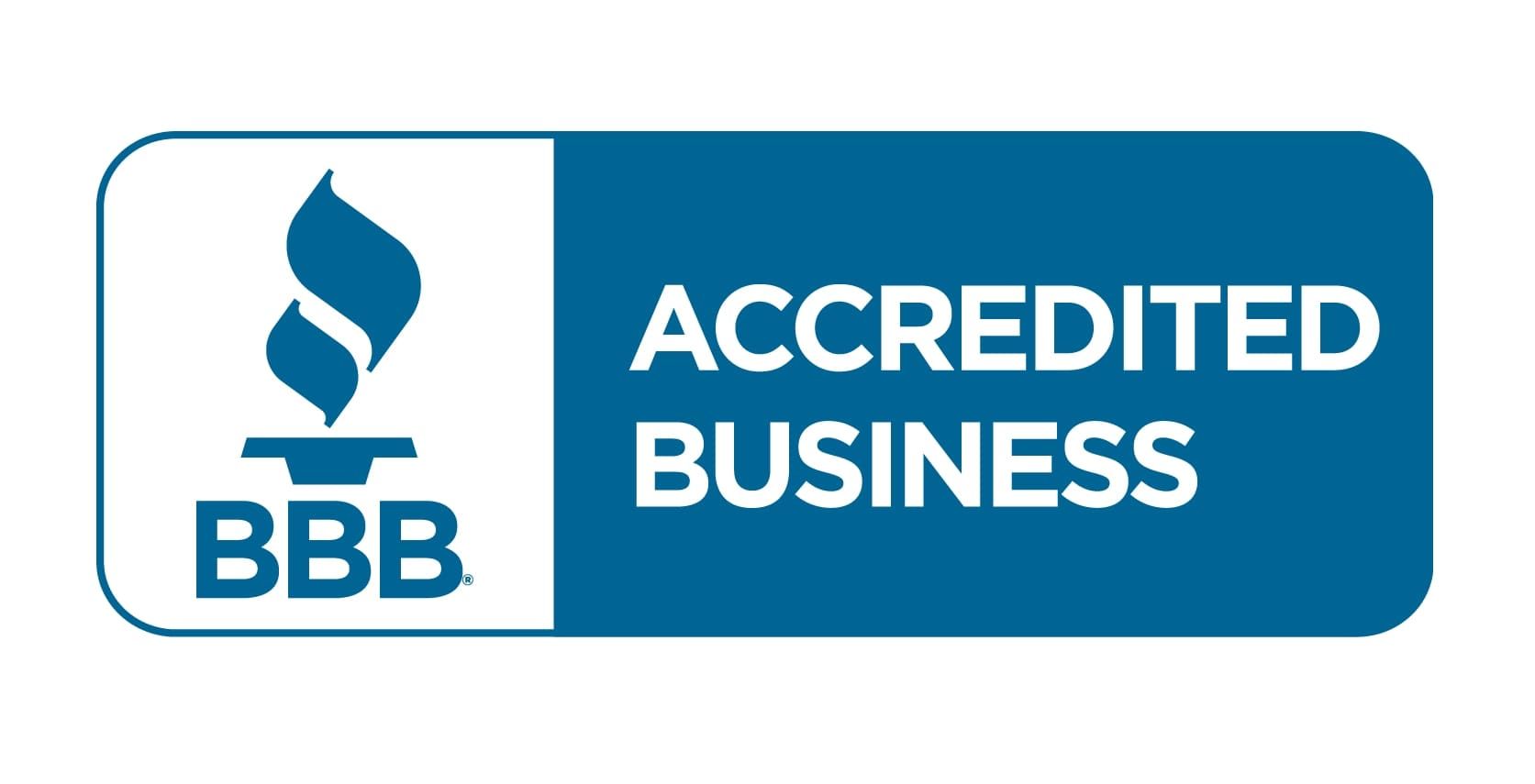Radon Abatement
Radon is a naturally occurring, invisible, odorless, and tasteless radioactive gas that can seep into homes and buildings from the soil beneath. Prolonged exposure to elevated radon levels is a significant health risk, recognized by the EPA as the second leading cause of lung cancer in the United States. Fortunately, if radon testing reveals a problem, radon abatement services offer effective solutions to mitigate the risk and protect your health.
Understanding the Radon Threat
Radon originates from the decay of uranium in soil, rock, and water. It can enter homes through cracks in the foundation, gaps around pipes, construction joints, and even through well water. Because radon is a gas, it can move freely through the ground and accumulate in enclosed spaces, particularly in basements and lower levels.
The level of radon in a home varies depending on factors such as the geology of the area, soil porosity, construction type, and ventilation. Any home can have a radon problem, regardless of age, location, or construction.
The Importance of Radon Testing
The first step in protecting your family from radon is to test your home. Radon testing is easy and affordable, and the results can provide crucial information about the radon levels in your living spaces. You can purchase a DIY radon test kit from most hardware stores or hire a certified radon professional to conduct the testing.
If the test results show radon levels at or above the EPA's action level of 4 picocuries per liter (pCi/L), radon abatement services are recommended.
Radon Abatement: Solutions for a Safer Home
Radon abatement (also known as mitigation) involves implementing techniques to reduce radon levels in a building. Qualified radon mitigation professionals are trained to assess the specific characteristics of your home and design a customized abatement system that effectively lowers radon concentrations.
Here are some common radon abatement methods:
- Soil Depressurization: This is the most common and often most effective radon mitigation technique. It involves installing a vent pipe and fan system to draw radon gas from beneath the foundation and exhaust it safely above the roofline. There are several variations of soil depressurization, including:
- Sub-Slab Depressurization: This involves creating a suction point beneath the concrete slab.
- Active Soil Depressurization: This employs a fan to actively draw radon from the soil.
- Passive Soil Depressurization: This relies on natural pressure differentials to vent radon without a fan (generally only in new construction).
- Sealing Cracks and Openings: Sealing cracks and openings in the foundation and walls can help prevent radon from entering the home. While sealing alone is rarely sufficient to reduce radon levels below the action level, it can be a valuable component of a comprehensive mitigation system.
- House Pressurization: This involves using a fan to create positive pressure inside the home, which prevents radon from being drawn in from the soil. This method is less common than soil depressurization.
- Natural Ventilation: Increasing ventilation can help dilute radon concentrations. However, this method may not be effective enough to achieve significant radon reduction and can also increase energy costs.
- Radon Removal from Well Water: If radon is entering your home through well water, a granular activated carbon (GAC) filter or an aeration system can be installed to remove the radon before it enters the plumbing system.
Choosing a Radon Abatement Professional
Selecting a qualified and certified radon mitigation professional is crucial to ensure the effectiveness and safety of the abatement system. Look for professionals who are certified by a recognized organization such as the National Radon Proficiency Program (NRPP) or the American Association of Radon Scientists and Technologists (AARST).
When choosing a contractor, be sure to:
- Verify their certification: Ask for proof of certification and check the organization's website to confirm that the certification is current.
- Obtain multiple bids: Get quotes from at least three different contractors to compare prices and services.
- Ask for references: Contact previous clients to learn about their experience with the contractor.
- Review the proposed mitigation plan: Ensure that the contractor provides a detailed plan outlining the proposed abatement method, including the location of the vent pipe and fan, and the estimated radon reduction.
- Ensure proper licensing and insurance: Confirm that the contractor is licensed and insured to perform radon mitigation work in your area.
Protecting Your Health and Home
Radon is a serious health hazard, but it is also a preventable one. By testing your home for radon and implementing effective abatement measures when necessary, you can significantly reduce your risk of lung cancer and create a safer living environment for yourself and your family. Don't delay – take action today to protect your health from the silent threat of radon.






